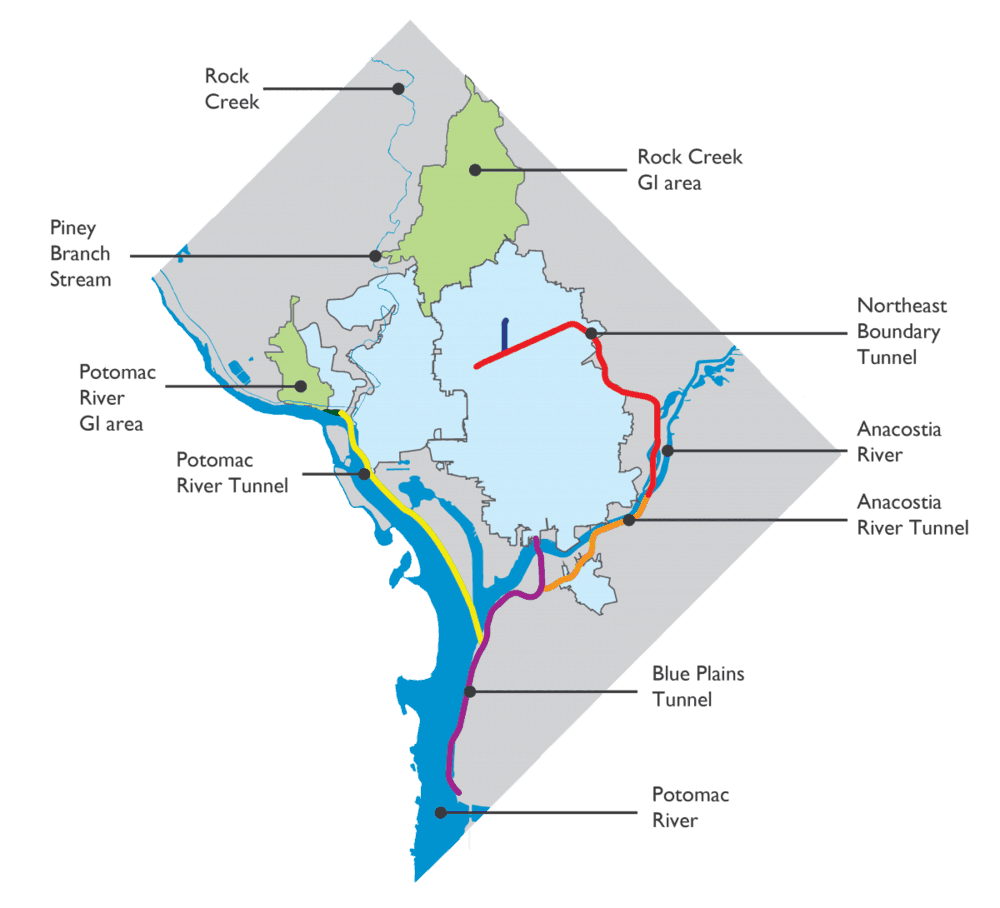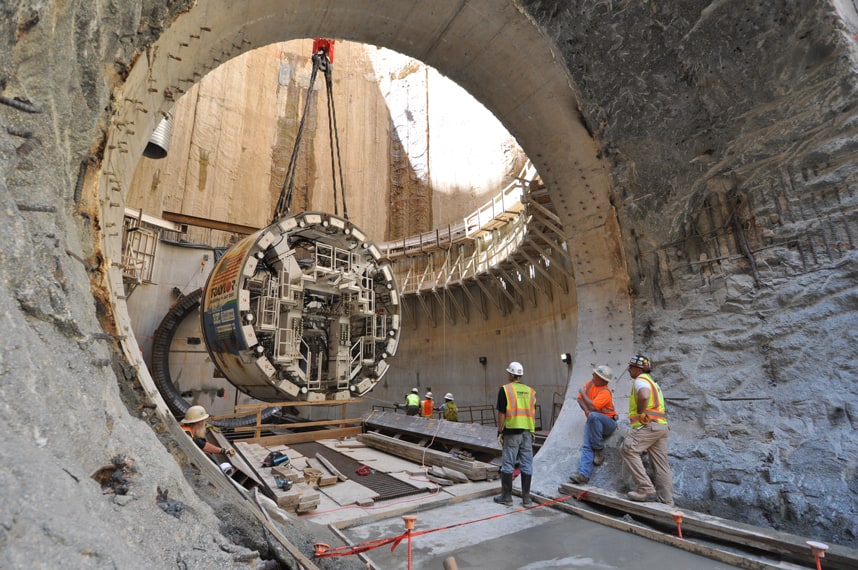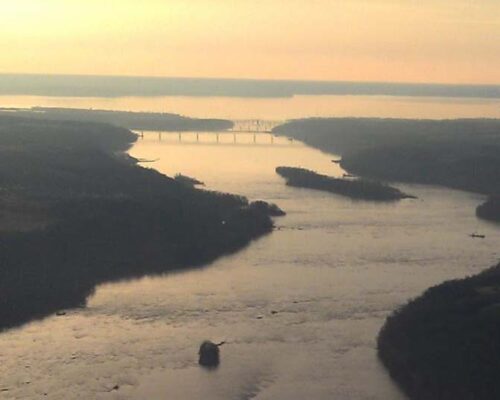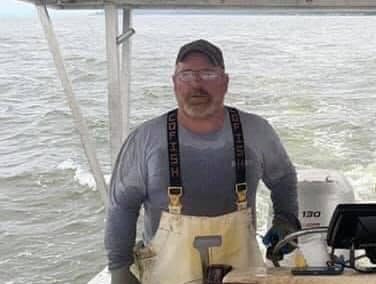The newly completed portion of the Anacostia River wastewater storage system did its job during the region’s recent heavy rainfall, according to DC authorities.
John Cassidy is with the Clean Rivers Project, DC Water’s program to reduce the amount of CSOs—combined sewer overflows (mixtures of sewage and stormwater)—that enter the District’s waterways. He says that during the recent heavy rainfall, between two and three inches of rain fell in about three hours, and the tunnel captured and treated approximately 170 million gallons of wastewater. The tunnel was able to collect and treat more than its volume because as the flow goes in, it’s constantly being pumped out and treated, says Cassidy.
DC Water notes that the storm caused between 10 and 20 million gallons of CSO to enter into the receiving water.

Cassidy says that when the Clean River Project started, about 3.2 gallons of CSOs went into DC-area waterways when there were wet weather events. “The goal of the Project is to reduce those discharges to the point where the plan will be able to meet (water quality) standards.”
CSOs aren’t solely responsible for receiving water pollution, Cassidy says; separate stormwater and overflows from Maryland and Pennsylvania also contribute.
Cassidy notes that while tackling certain sources of pollution is left to the Environmental Protection Agency and individual states, the Clean Rivers Project “will deal with the combined sewer overflow issue and will and take that off the table as a major pollution source” in the quest to make DC waterways fishable and swimmable.
The next phase of the tunnel, the Northeast Boundary Tunnel, is expected to be complete by 2023 and will add 90 million gallons of storage capacity.
Looking back on the new tunnel’s performance during its first major rain event, Cassidy says it was a great outcome following quite the storm. “DC water was very satisfied.”
To learn more about DC Water and the Clean Rivers Project, click here.
-Laura Boycourt



